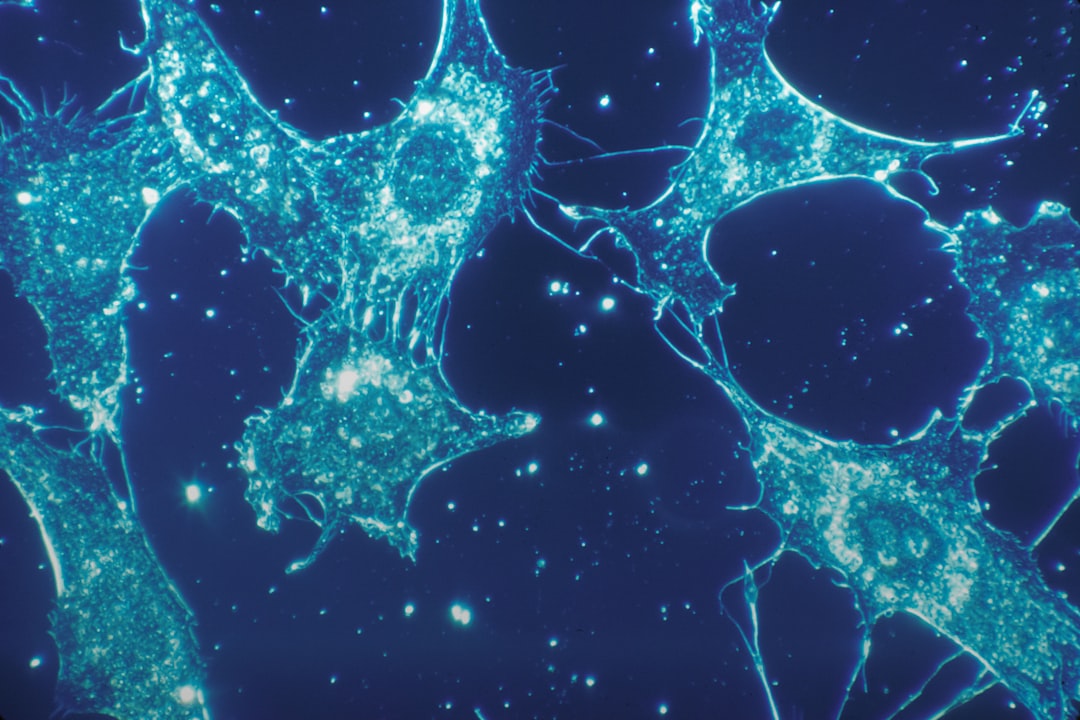What is it about?
AIMS: We evaluated whether reactive oxygen species (ROS) production and the plant antioxidant system are involved in the symbiotic interaction between bradyrhizobia and legumes infected by crack entry, without intracellular infection threads (IT) formation, such as Arachis hypogaea L. (peanut). The role of bradyrhizobial Nod factors (NF) in modulating the plants' oxidative burst was also analysed. METHODS AND RESULTS: Histochemical and quantitative procedures were used to detect ROS levels in inoculated and in NF-treated peanut roots. Increase in root H2O2 production was determined at 10 min postinoculation with Bradyrhizobium sp. SEMIA 6144 or after NF addition. ROS production was modulated by NF. From 15 to 30 min postinoculation, the compatibility of Bradyrhizobium sp.-peanut interaction depends mostly on the H2O2 detoxification via catalase. CONCLUSIONS: We demonstrated for the first time that the early events of the symbiotic interaction in legumes invaded by crack entry trigger an increase in ROS production (represented exclusively by a higher H2O2 content) in which NADPH-oxidase seems not to be involved. NF modulate this response by enhancing the plant antioxidant machinery, contributing to the creation of adequate conditions for symbiosis development.
Featured Image
Why is it important?
SIGNIFICANCE AND IMPACT OF THE STUDY: Our data provide new insights into the mechanism involves in the symbiotic interaction that establish legumes infected by crack entry and suggest that ROS response shows differences compared with legumes invaded by IT formation.
Read the Original
This page is a summary of: Role of reactive oxygen species generation and Nod factors during the early symbiotic interaction between bradyrhizobia and peanut, a legume infected by crack entry, Journal of Applied Microbiology, November 2014, Wiley,
DOI: 10.1111/jam.12669.
You can read the full text:
Contributors
The following have contributed to this page










